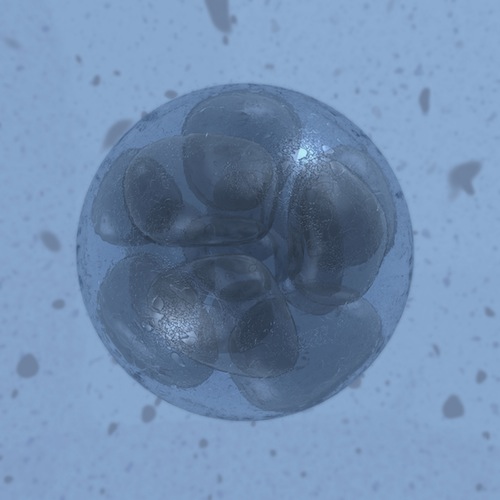 A recent study in Reproductive BioMedicine Online on 5-day old human blastocysts shows that those with an abnormal chromosomal composition can be identified by the rate at which they have developed to blastocysts, thereby classifying the risk of genetic abnormality without a biopsy. In a new study the same group has undertaken a retrospective study, using their predictive model to assess the likelihood of any embryo transferred resulting in a successful pregnancy, with very encouraging outcomes.
A recent study in Reproductive BioMedicine Online on 5-day old human blastocysts shows that those with an abnormal chromosomal composition can be identified by the rate at which they have developed to blastocysts, thereby classifying the risk of genetic abnormality without a biopsy. In a new study the same group has undertaken a retrospective study, using their predictive model to assess the likelihood of any embryo transferred resulting in a successful pregnancy, with very encouraging outcomes.
One of the greatest challenges in assisted reproduction is to find the one embryo, which can develop successfully. Now, combining time lapse imaging of IVF embryos cultured for 5 days to the blastocyst stage with trophoblast biopsy, it has proved possible to correlate the rate of blastocyst formation with chromosomal abnormalities. Such an approach should allow early and widely accessible non-invasive identification of the best embryo to place in the uterus. Read full article…